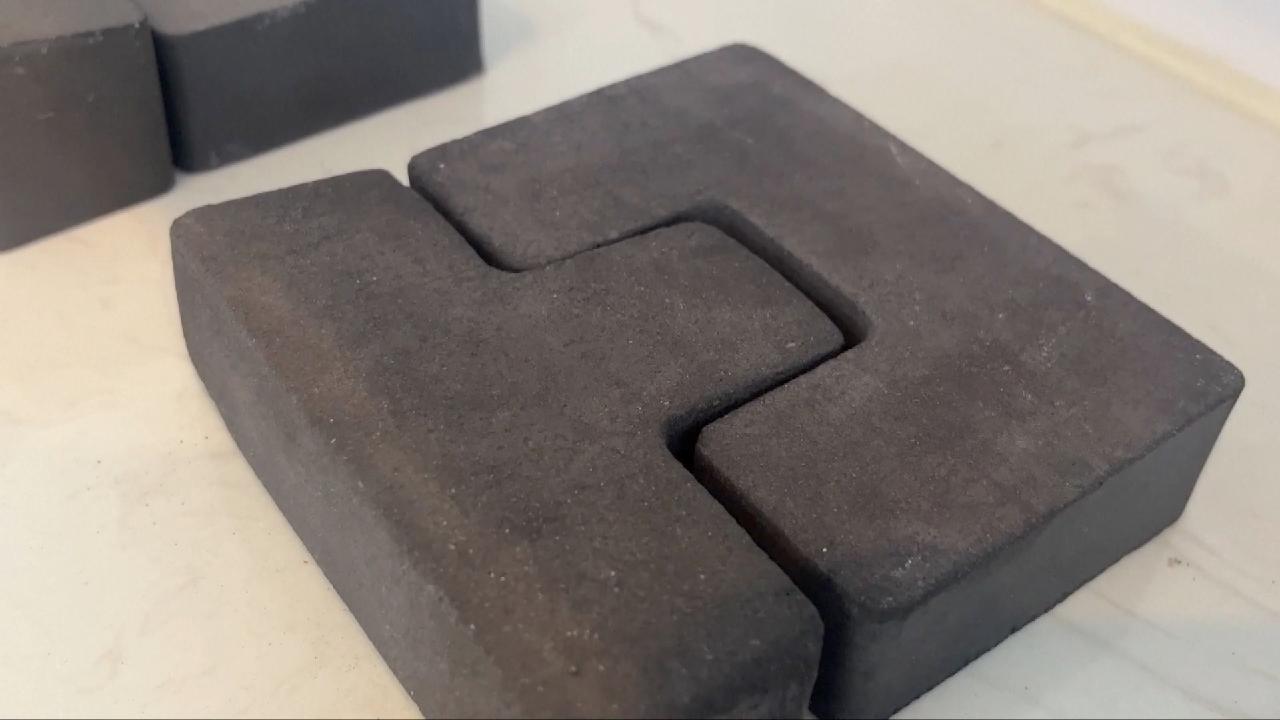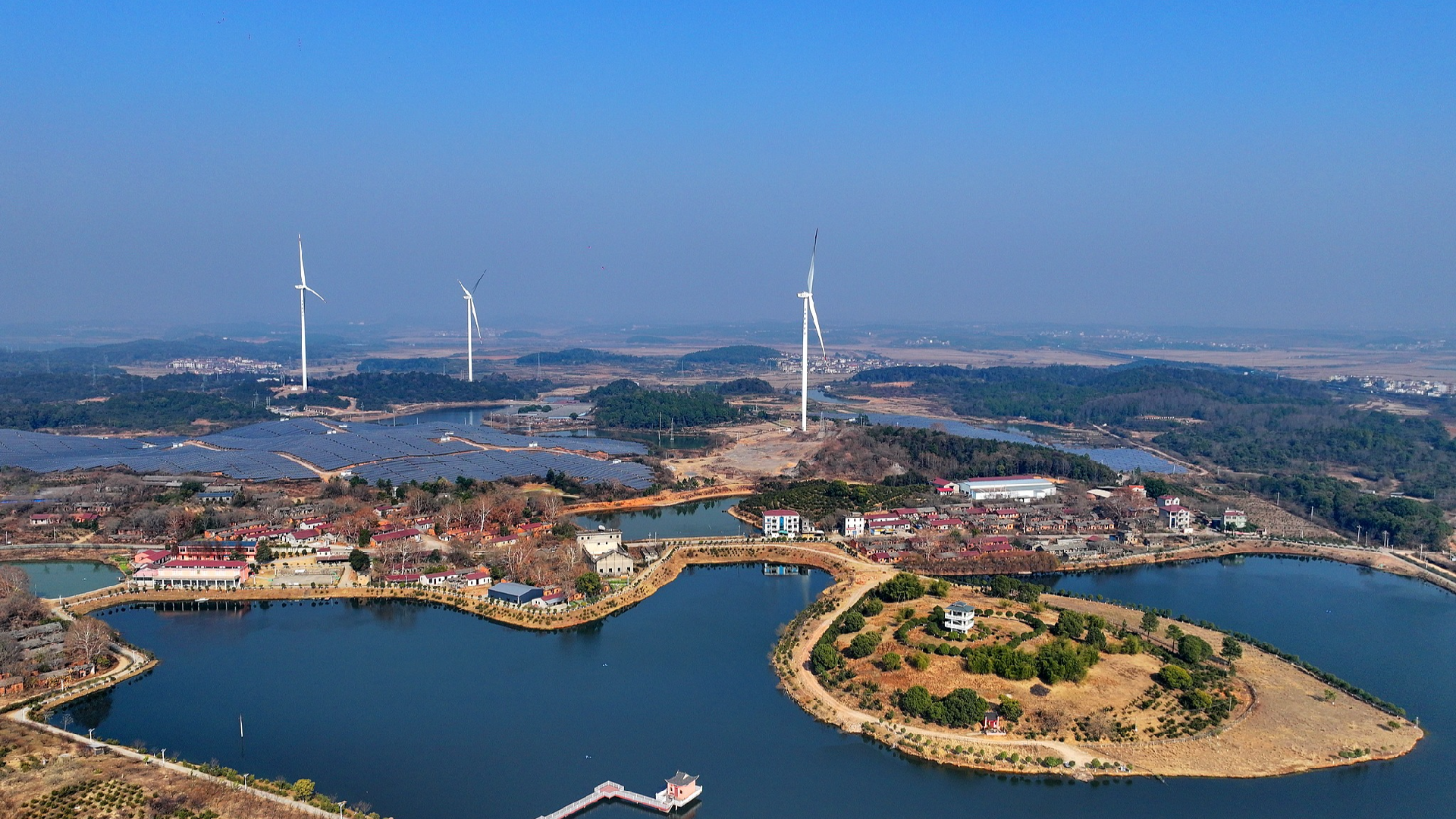China creates 'lunar soil bricks' for upcoming moon dwellings
China is making strides in space exploration by creating 'lunar soil bricks' intended for future habitats on the moon. These innovative bricks utilize materials sourced directly from the lunar surface, aiming to enhance the sustainability and feasibility of long-term lunar missions. The development not only showcases advanced engineering techniques but also emphasizes China's commitment to establishing a human presence beyond Earth.

At the National Center of Technology Innovation for Digital Construction, researchers from Huazhong University of Science and Technology have created advanced bricks that closely resemble lunar soil. These "lunar soil bricks" not only match the density of conventional construction bricks but also possess strength that exceeds traditional red soil bricks or concrete by more than three times.
Drawing inspiration from ancient Chinese craftsmanship, the bricks incorporate a mortise-and-tenon design, a staple in traditional Chinese architecture and furniture. This interlocking structure, reminiscent of LEGO blocks, allows for an efficient assembly method.
Tianzhou-8 is set to transport lunar soil bricks
On Friday night, China plans to launch the Tianzhou-8 cargo spacecraft, which will carry these innovative bricks to the China Space Station for exposure experiments in space. The primary objective is to assess the mechanical and thermal properties of the bricks and their resilience against cosmic radiation.
The lunar environment poses significant challenges for construction materials, with temperatures fluctuating from over 180 degrees Celsius during the lunar day to -190 degrees Celsius at night. Additionally, the presence of frequent moonquakes and cosmic radiation raises concerns regarding durability. These experiments will evaluate whether the bricks can withstand the strict demands of the moon's surface.
The exposure period for the bricks is slated for three years, during which a sample panel will be retrieved each year for analysis upon its return to Earth. The first lunar brick is anticipated to return by the end of 2025, offering valuable insights into the practicality of constructing structures on the moon.
In October, China announced a national medium- to long-term development program for space science, outlining a strategic plan for advancing space science in the country through 2050. The initiative includes the construction of an international lunar research station, which is scheduled for development during the program's second phase from 2028 to 2035.
Alejandro Jose Martinez contributed to this report for TROIB News
Discover more Science and Technology news updates in TROIB Sci-Tech












